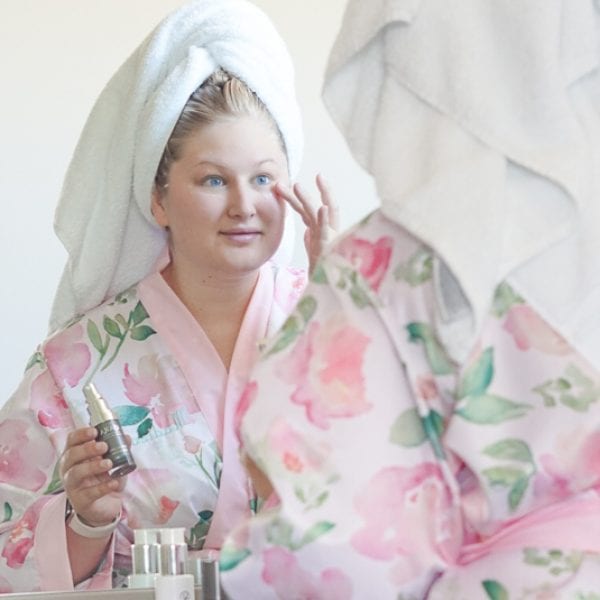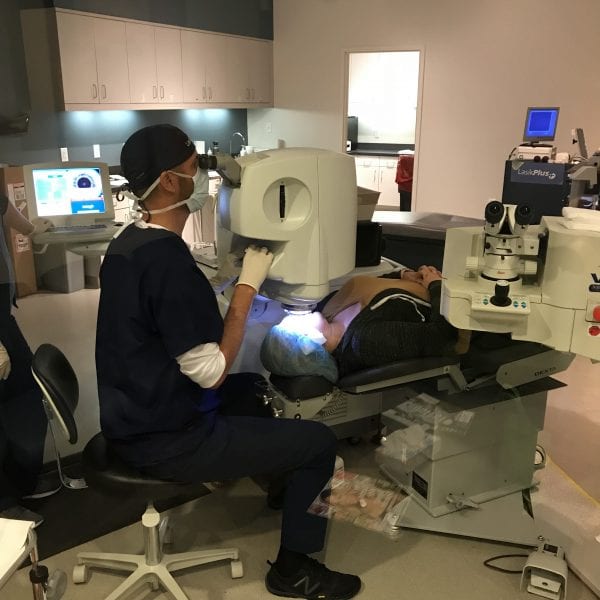Thinning hair is a reality for millions of people, but so is restoring it. Whether you’re just noticing your hairline recede or you’ve been battling patches for years, there’s no reason to settle for cover-ups or quick fixes that don’t deliver.
Today’s options go far beyond miracle shampoos and outdated procedures. From medical-grade treatments to advanced surgery-free solutions, the landscape of hair restoration has never looked better—or more effective.
Below are five clinically backed treatments that actually work for thinning hair. So, read the article to learn more!

1. Minoxidil (Rogaine)
Minoxidil is one of the most recognizable names in hair loss treatment. As an FDA-approved topical solution, it helps stimulate blood flow to the scalp and extend the active growth phase of hair follicles.
It’s most effective in the early stages of hair thinning and works particularly well on the vertex or crown. It is available over-the-counter in liquid or foam and is easy to apply daily.
While Minoxidil doesn’t regrow all lost hair, consistent use can slow shedding and even reactivate dormant follicles for visible improvement over time.
| Best for: Mild to moderate hair thinning in men and women. Results appear in: 3 to 6 months with daily use. Keep in mind: Results might be reversed if treatment is discontinued. |
2. Hair Transplant Surgery
If your hair loss has advanced or you’re ready for a lasting solution, nothing compares to a professionally performed hair transplant.
The most popular technique today is FUE (Follicular Unit Extraction), where individual follicles are harvested and implanted into balding areas without leaving a linear scar.
In more advanced cases, FUT (Follicular Unit Transplantation)—also known as the strip method—may be recommended for larger graft yields. However, you should consult an experienced professional regarding it beforehand.
Additionally, many people who’d undergone hair restoration in Miami by Dr. Anthony Bared have noticed natural and lasting results after the treatment. This enhanced their overall self-esteem and proper hair growth.
| Best for: Men or women with moderate to severe thinning. Long-term benefit: Transplanted hair is typically permanent. |
3. Low-Level Laser Therapy (LLLT)
Low-Level Laser Therapy is one of the most low-maintenance ways to stimulate hair growth. It uses light energy at specific wavelengths. In this treatment, laser caps and combs target hair follicles to increase cellular activity and circulation. This can boost hair density and reduce shedding.
LLLT is painless, drug-free, and FDA-cleared. When used consistently (usually 3–4 times a week), it can lead to thicker, fuller-looking hair, especially when combined with other treatments.
| Best for: Men or women with mild to moderate thinning. Results take: 4–6 months of regular use. Tip: Combine with Minoxidil or PRP for better outcomes. |
4. PRP (Platelet-Rich Plasma)
PRP therapy has become a go-to for patients who want to harness the healing power of their own body. A small amount of blood is taken, spun in a centrifuge to isolate growth factors, and then injected into thinning areas of the scalp.
These growth factors stimulate new cell activity and blood vessel formation, helping to nourish follicles and encourage regrowth. PRP is especially useful for patients noticing diffuse thinning or early-stage loss.
Treatments are typically done in varied sessions over 3 months, followed by maintenance every 6–12 months.
| Best for: Those in early to moderate stages of hair loss. Visible results: Within 3–4 months. Added bonus: No risk of allergic reaction since it’s 100% your own cells. |
5. Scalp Micropigmentation (SMP)
SMP is a cosmetic procedure that creates the appearance of a full head of hair through tiny, tattooed pigment dots. It doesn’t regrow hair, but it can reduce the contrast between thinning hair and visible scalp, making the hair look denser.
It’s particularly useful for men who keep their hair buzzed or shaved, or women with diffuse thinning around the crown or part line.
Results last 4–6 years and can be customized for natural hair color and skin tone.
| Best for: Enhancing visual density or masking scars. Results timeline: Usually 2–3 sessions, spaced weeks apart. |
Final Thoughts
Thinning hair doesn’t have to limit your confidence or your options. With today’s advanced technologies, effective and natural-looking solutions exist for every stage of hair loss—from maintenance and prevention to full restoration.
Whether you’re trying at-home treatments, exploring PRP, or ready for a procedure like hair restoration, the key is choosing an approach tailored to your goals, lifestyle, and degree of loss.
Because when it comes to hair—and how you feel about yourself—you deserve more than temporary fixes. You deserve results.









Leave a Reply